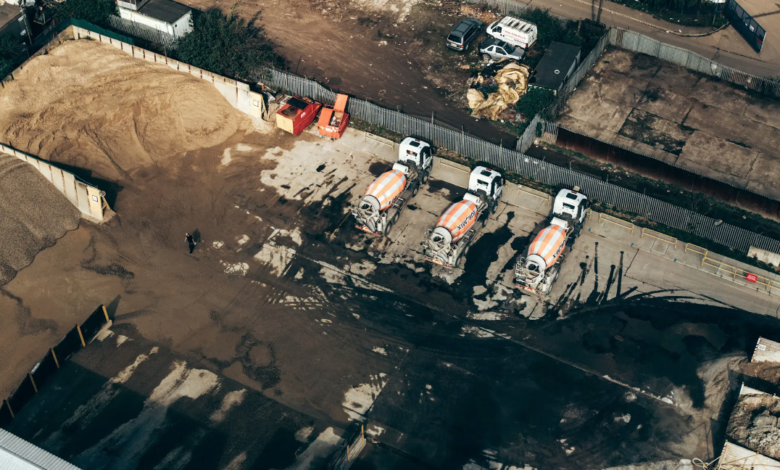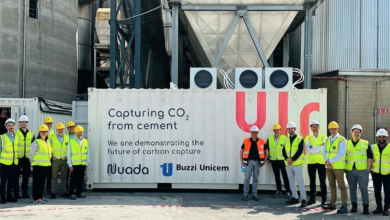With the Graphene concrete, the sand doesn’t serve more

Graphene concrete performs better than sand-based concrete according to tests
(sustainabilityenvironment.com) – Graphene derived from metallurgical coke could revolutionize construction by replacing sand. In particular, graphene concrete provides interesting perspectives. According to a study by Rice University, it has made it possible to obtain a material 25% lighter than that with sand aggregates, but equally resistant.
Given the growing demand for cement, and given that two-thirds of the world’s population will live in urban areas by 2050, the environmental problem associated with sand extraction could become critical. The fear of a “sand crisis“, in addition to the fact that 8% of global emissions are attributable to cement production, drive research toward innovations.
Could graphene concrete be one of them?
According to experts, it’s a possibility. It depends on where you take it, though. The demonstration was made by Rice University using Flash Joule heating to convert metallurgical coke into graphene, creating a material similar to sand in size. Tests also showed that graphene-based and sand-free concrete offers mechanical properties comparable to those of conventional concrete, with an even higher strength/weight ratio. In particular, there was an increase of 32% in toughness, 33% in maximum deformation and 21% in compressive strength. The downside is the 11% reduction in Young’s modulus, which measures the resistance of a material to elongation.
The discovery could reduce the dependence on sand extracted from the environment and the carbon emissions of the cement industry, contributing to more sustainable urban development practices. On the other hand, however, it could bind the coal industry to the construction industry, providing both elements for self-sustaining instead of going towards the phase-out.
It remains an obstacle to the development of this gimmick. The price of graphene. Today it is still too high and if it does not fall, this encouraging proposal will remain only on paper.





